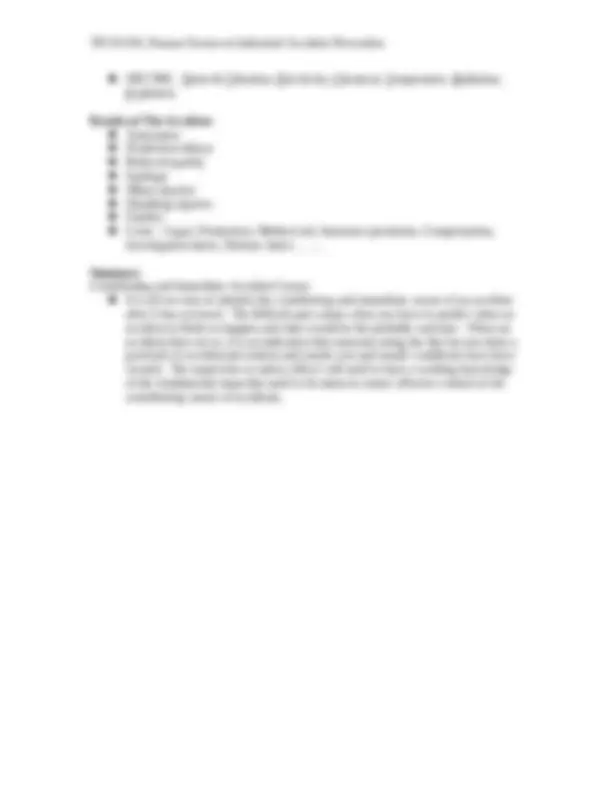



Study with the several resources on Docsity

Earn points by helping other students or get them with a premium plan


Prepare for your exams
Study with the several resources on Docsity

Earn points to download
Earn points by helping other students or get them with a premium plan
Community
Ask the community for help and clear up your study doubts
Discover the best universities in your country according to Docsity users
Free resources
Download our free guides on studying techniques, anxiety management strategies, and thesis advice from Docsity tutors
An overview of the anatomy of an industrial accident, including the four distinct parts: contributing causes, immediate causes, the accident itself, and the results. Various contributing causes such as safety instruction inadequacy, mental and physical conditions of persons, and immediate causes like unsafe acts and conditions. It also covers different types of accidents and their results.
Typology: Study notes
1 / 3

This page cannot be seen from the preview
Don't miss anything!


Health and Safety for Beginners The Anatomy of an Accident/Hazardous Incident. By John Johnston AIIRSM www.healthandsafetytips.co.uk Introduction There is a consensus amongst safety engineers that there are four distinct parts in the anatomy of an accident. Contributing causes Immediate causes The accident The results of the accident Main Distinctions of an Accident The Four Main Areas Contributing Causes Immediate Causes The Accident The Results of the Accident Contributing Causes Supervisory Safety Performance: Safety instruction inadequate Safety rules not enforced Safety not planned as part of the job Infrequent employee safety contacts Hazards not corrected Safety devices not provided Mental Condition of Person: Lack of safety awareness Lack of coordination Improper attitude Slow mental reaction Inattention Lack of emotional stability Nervous Temperamental Physical Condition of Person:
Immediate Causes of Accidents Unsafe Acts:
objects and pinch points, wrong lifting, loose grip, etc.)
throwing, etc.)
Unsafe Conditions: Ineffective safety device No safety device although one is needed Hazardous housekeeping (material on floor, poor piling, congested aisles) Equipment, tools or machines defective Improper dress or apparel for the job Improper illumination or ventilation The Accident Fall Slip Slide Strike against Caught in or between Erupt or explode Burn CENTIPEDE: Contact, Entanglement, Nips & Traps, Impact & Projections, Ejections, Discharge & Environmental.